FOMC monetary policy decision is the major focus today, as Fed should finally make a formal announcement on QE tapering. As the September minutes indicates, the pace would be “monthly reductions in the pace of asset purchases, by US$10B in the case of Treasury securities and US$5B in the case of agency mortgage-backed securities (MBS)”. The would eventually lead to completion of entire asset purchases by mid -2022. But, a hawkish surprise – monthly reduction at a faster pace – cannot be ruled out given the inflationary pressure.
Also, September’s dot plot revealed that half of the members had anticipated a rate hike in 2022. Meanwhile, the market has priced in futures have priced in over 60% of a rate hike by June next year. But Fed Chair Jerome Powell would likely reiterate that decision on interest rate is complete separated from that of asset purchases. There wouldn’t be any new hint on the timing of rate hike until December’s dot plot.
Suggested readings on Fed




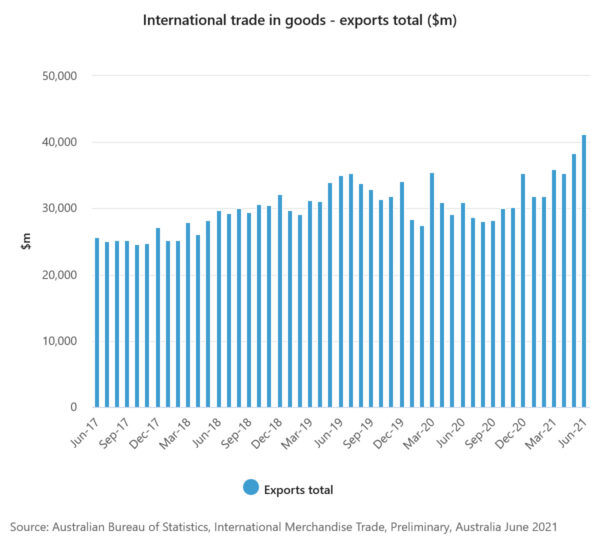
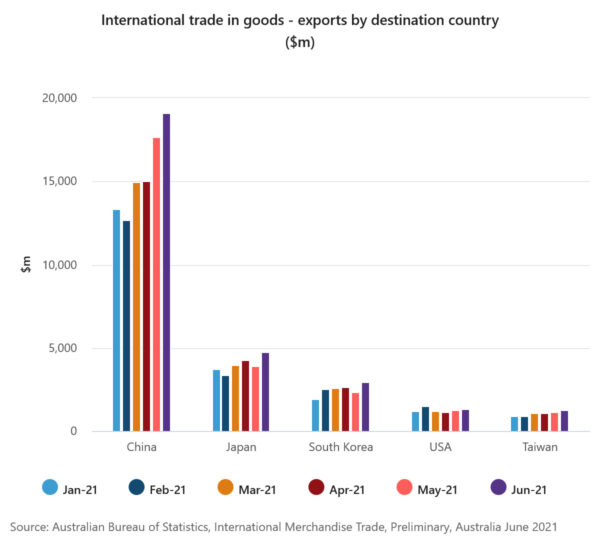
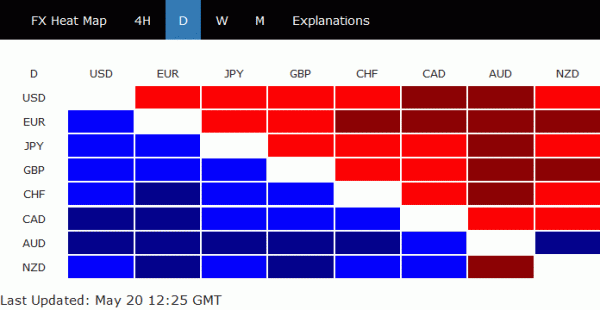
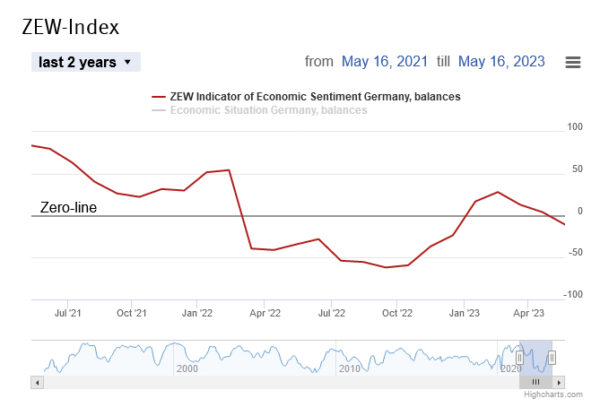
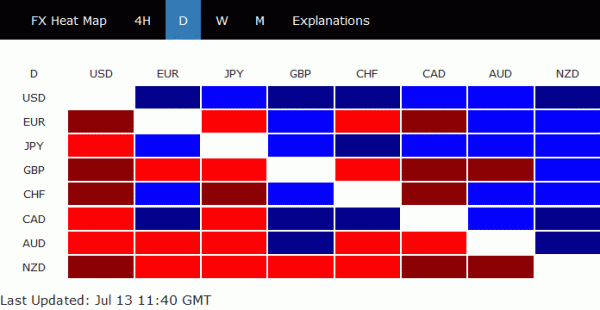
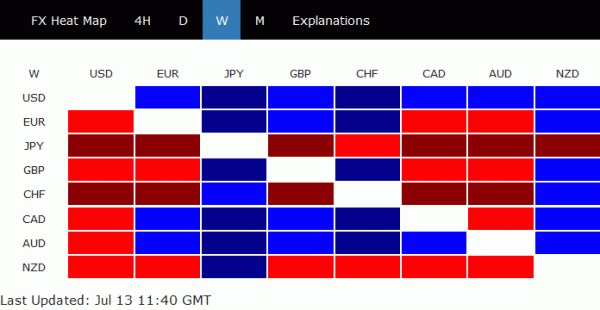
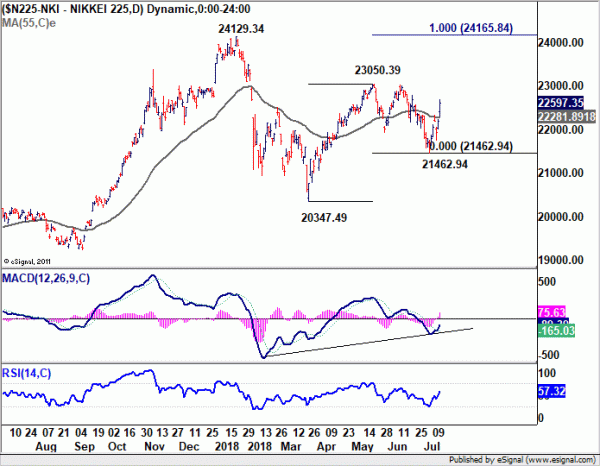

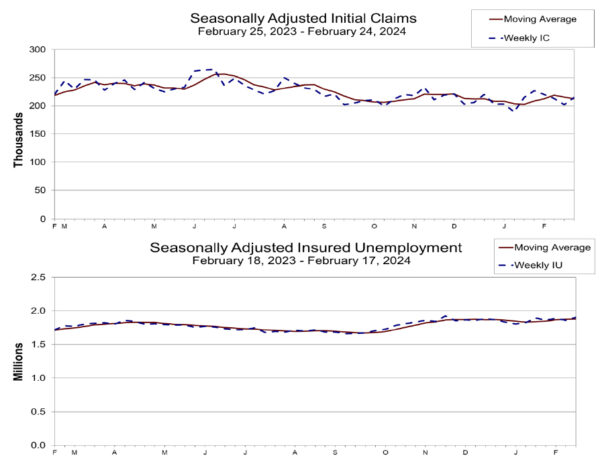
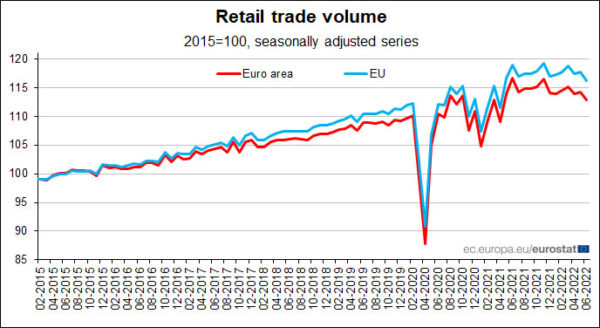
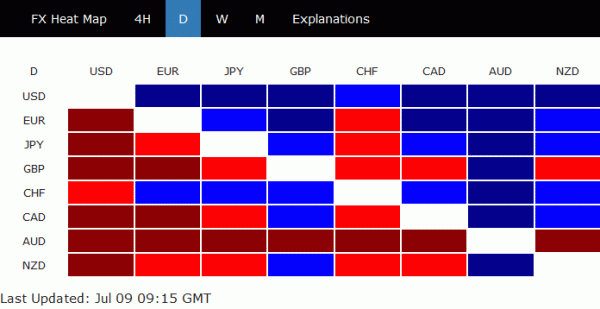
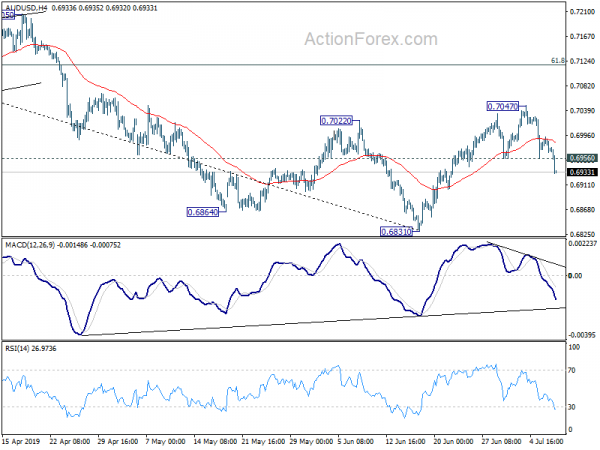
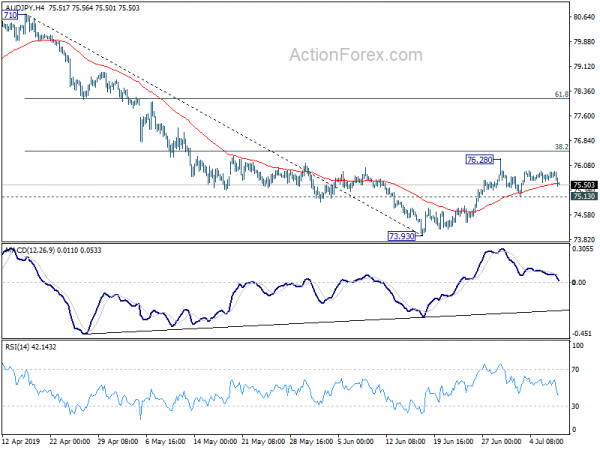
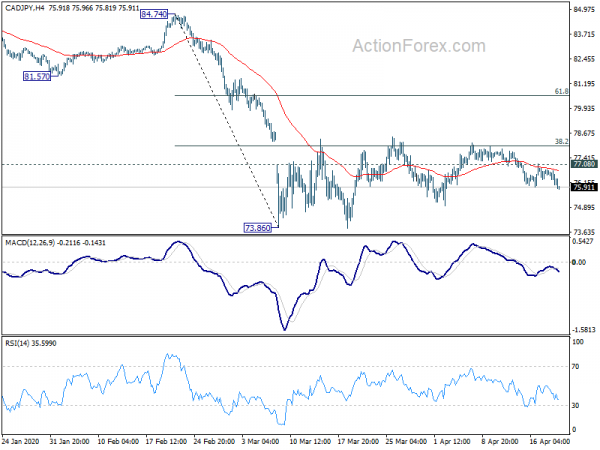
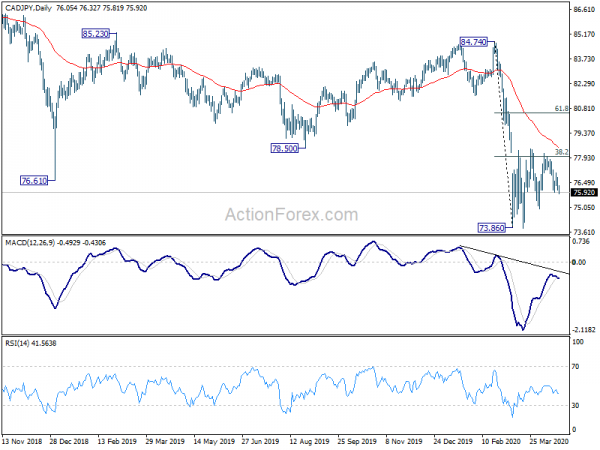
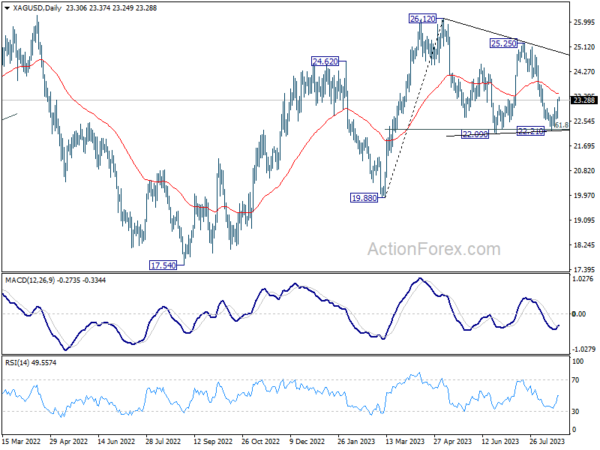
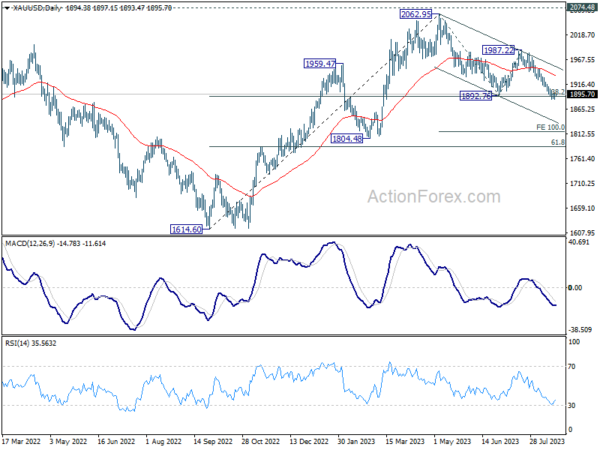
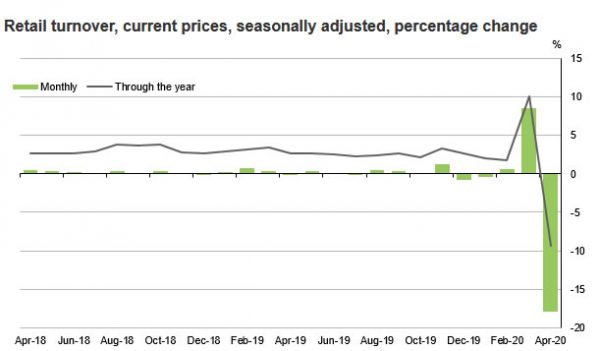
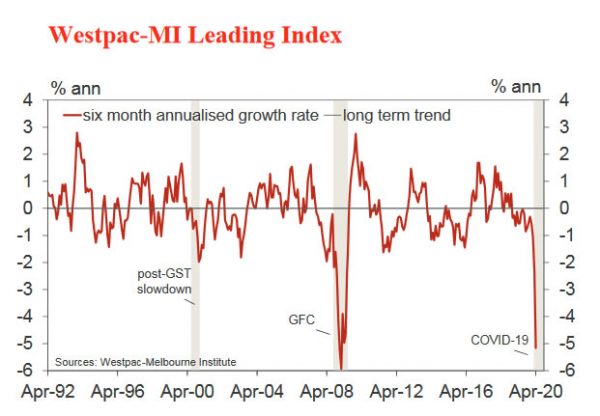

Trump had very good conversation with Xi, with heavy emphasis on trade
Trump tweeted that he had “very good conversation” with Chinese President Xi Jinping, “with heavy emphasis on Trade”.
By loading the tweet, you agree to Twitter’s privacy policy.
Learn more
Load tweet
However, White House economic adviser Larry Kudlow, threatens that Trump would act aggressively on China if they failed to reach an agreement.
By loading the tweet, you agree to Twitter’s privacy policy.
Learn more
Load tweet
Sounds like Kudlow doesn’t know who’s his boss.